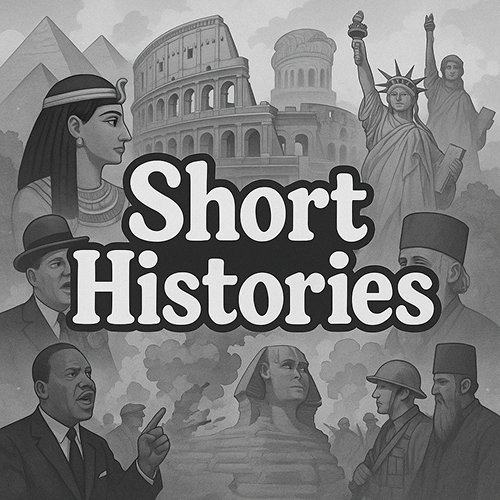The winds of the Eurasian steppe do not sing lullabies, they howl like wolves and sting like whips, shaping the hearts of those who dwell beneath their cold breath.
It was in this unforgiving world, sometime around 406 AD, that a boy named Attila was born into the royal clan of the Huns, nomadic horsemen feared across continents. The Huns had no grand palaces, no marble temples. Their throne was a saddle, their inheritance a bow and spear. They lived fast, fought hard, and carved their legacies in the blood of cities.
As a child, Attila would have grown up watching flames lick the sky as villages burned and hearing the clash of swords as the tribes of the steppes warred constantly. But unlike other boys, he was not just surviving, he was preparing to rule.
The Rise of the Horse Lords
By the early 5th century, the Huns were no longer a scattered people. They had evolved into a force capable of shaking the Roman world and moved like shadows across the plains, swift, unpredictable, and merciless.
Attila’s uncle, King Rua, ruled the Huns during his youth. Under Rua, the Huns extorted the Eastern Roman Empire, extracting gold in exchange for peace but when Rua died unexpectedly, power passed not to one man, but two Attila and his elder brother, Bleda.
The brothers ruled together, for a time, dividing spoils and commanding their brutal warriors. They negotiated with Rome in the daytime and unleashed chaos by night. They were a storm with two heads.
Forged in Fire
But storms rarely last in harmony. Attila was ambitious, charismatic, and ruthless. Bleda, though powerful, lacked his brother’s vision.
By 445 AD, legend says Attila grew tired of sharing power. In a quiet act of fratricide, details lost to history, Bleda vanished, likely killed by Attila’s hand. With his brother gone, Attila became the sole ruler of the Huns, and his ambitions burned hotter than ever.
He was no longer content to be a barbarian king collecting tribute. He would become the scourge of the civilized world.
The Warrior King Emerges
Attila’s leadership transformed the Hun confederation. He united warring tribes under one banner, forging them into a near-invincible cavalry force, they struck with terrifying speed, appearing where the Roman armies least expected, and leaving nothing but ash in their wake.
Unlike the refined courts of Constantinople and Ravenna, Attila’s court was simple: A tent lined with horse skins, where warriors dined on meat and mead, and disputes were settled by steel.
Roman envoys described him as a short, broad-shouldered man with piercing eyes and a severe, almost grim demeanor. He wore no jewels, no golden crown, only a sword at his hip and a kingdom at his command but his ambition stretched far beyond the steppe.
He had already bled the Eastern Romans dry with tribute. Now, his gaze turned westward.
Storm Clouds Over Rome
In the west, the Western Roman Empire was a fractured shell of its former glory. Political chaos, treacherous alliances, and weak emperors made it ripe for invasion. Attila, watching from the plains, sharpened his arrows and readied his horsemen. Europe had not yet met its darkest hour.
But it was coming.
It rode on horseback, wearing no crown, only a scowl and the weight of empires trembling before him.
Next Time: Attila the Hun Part Two — Terror of the Eastern Roman Empire
Rivers run red as Attila unleashes his wrath on the Eastern Empire, forcing Constantinople to its knees and earning the title “Scourge of God.”
Please go back to top & scroll gently

